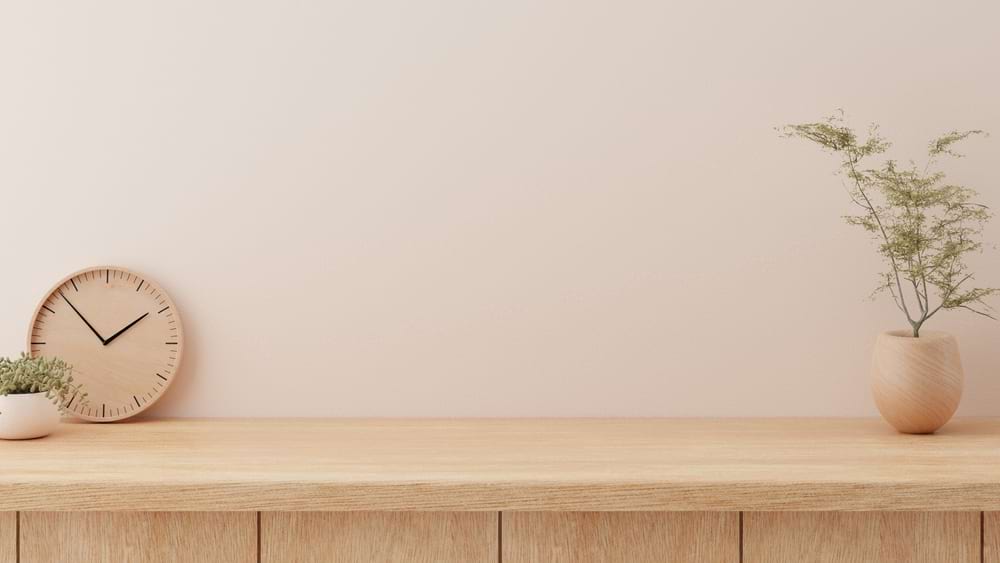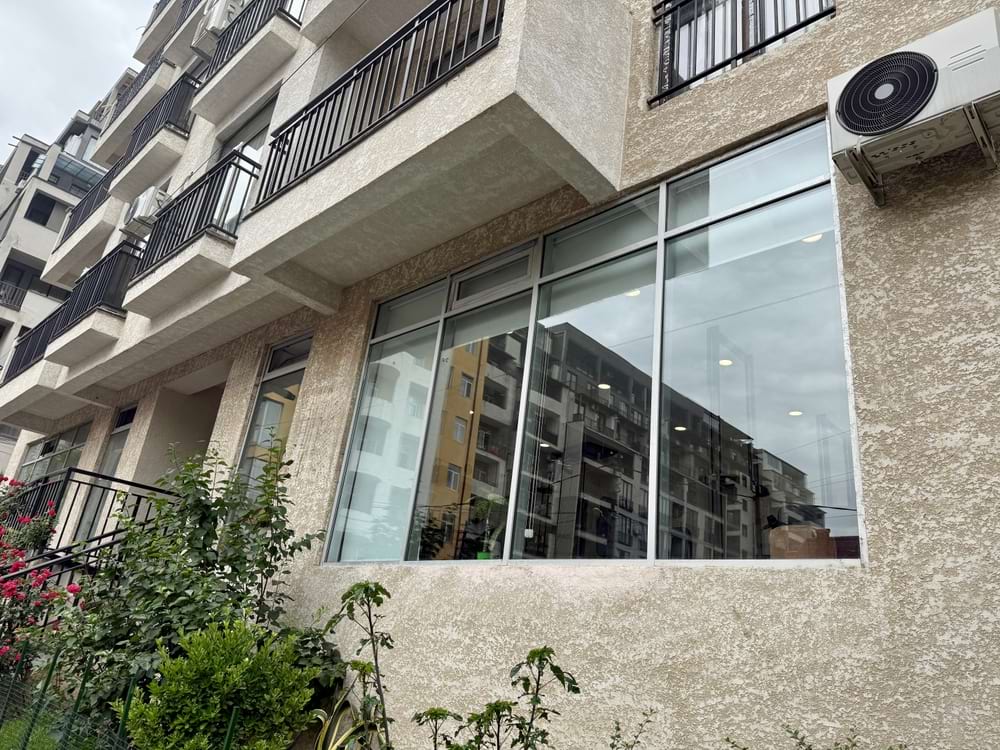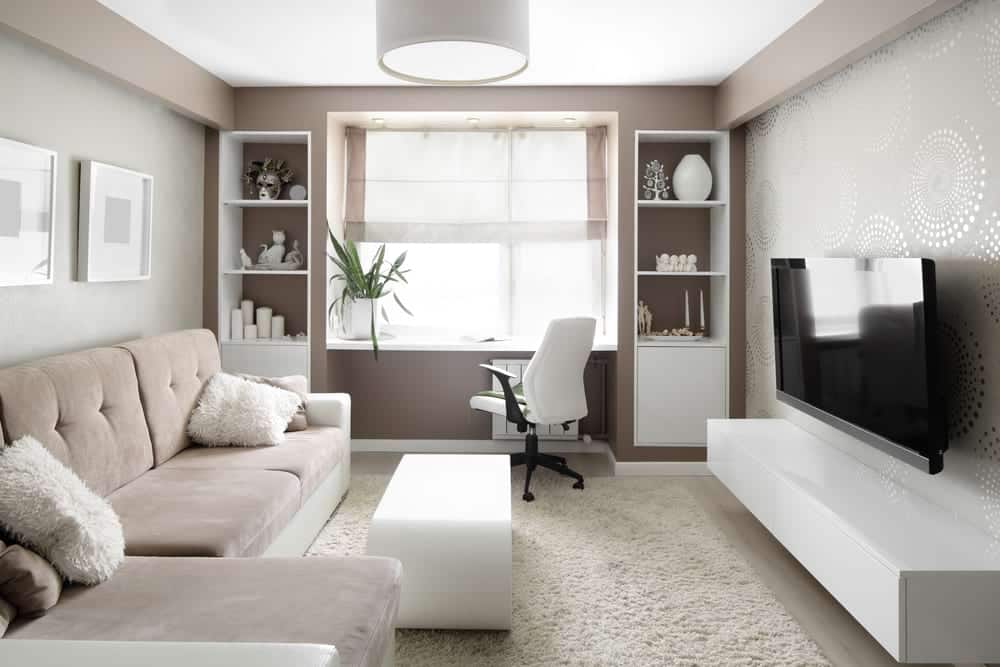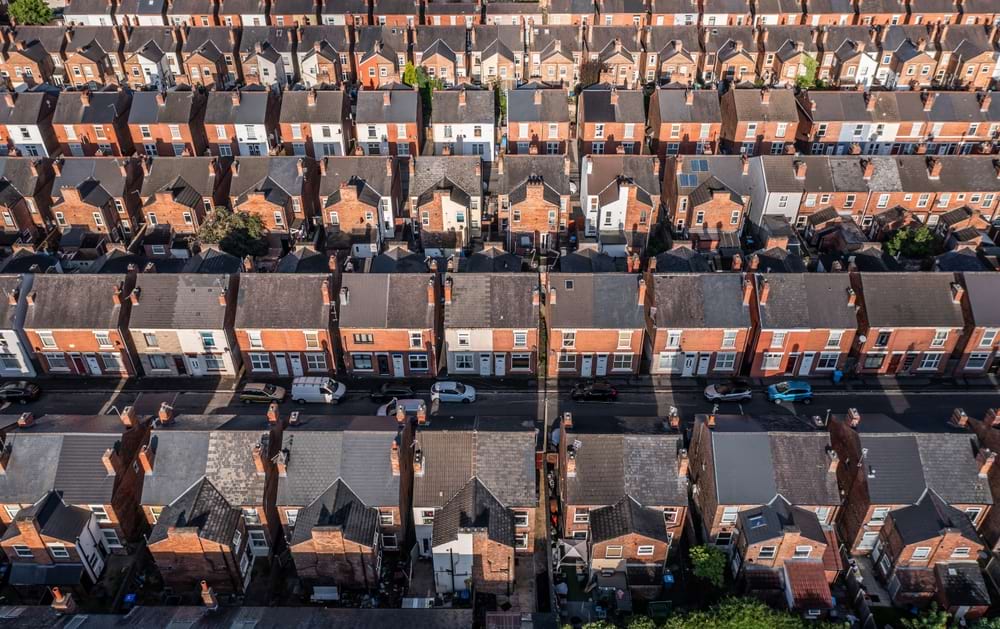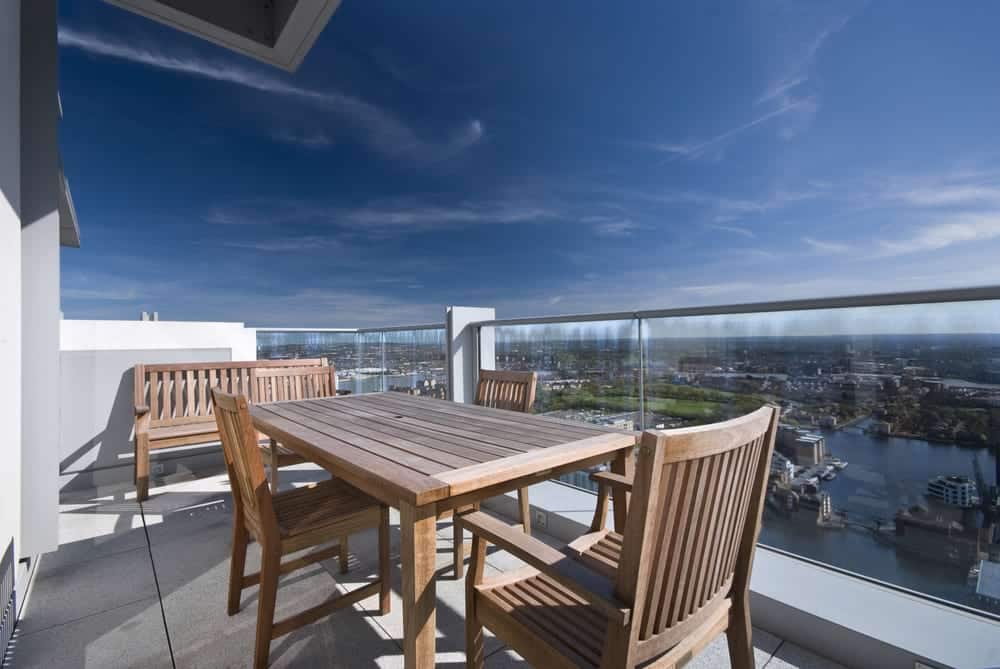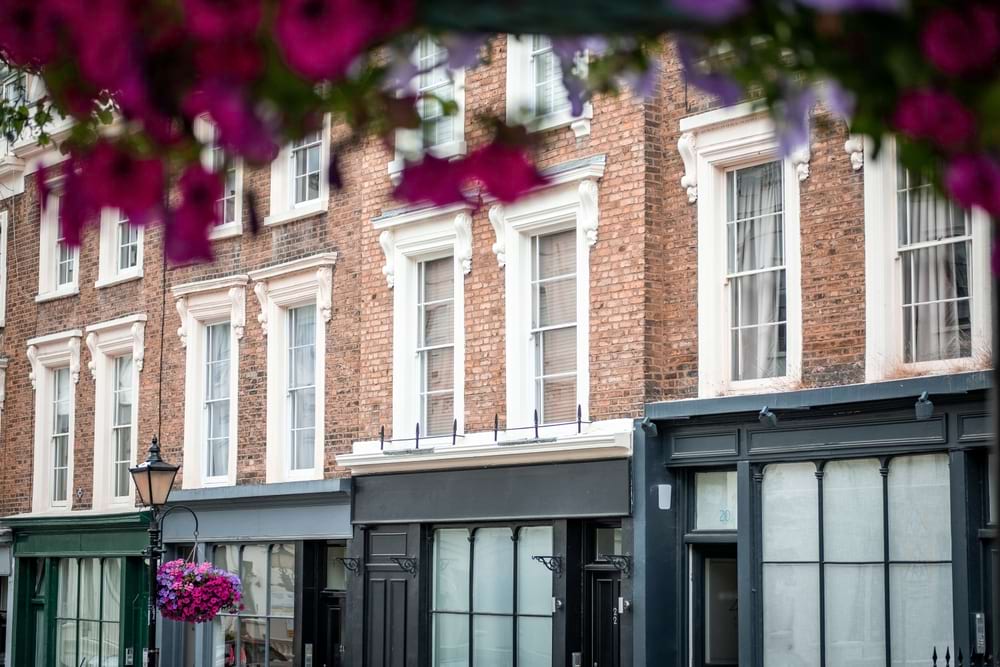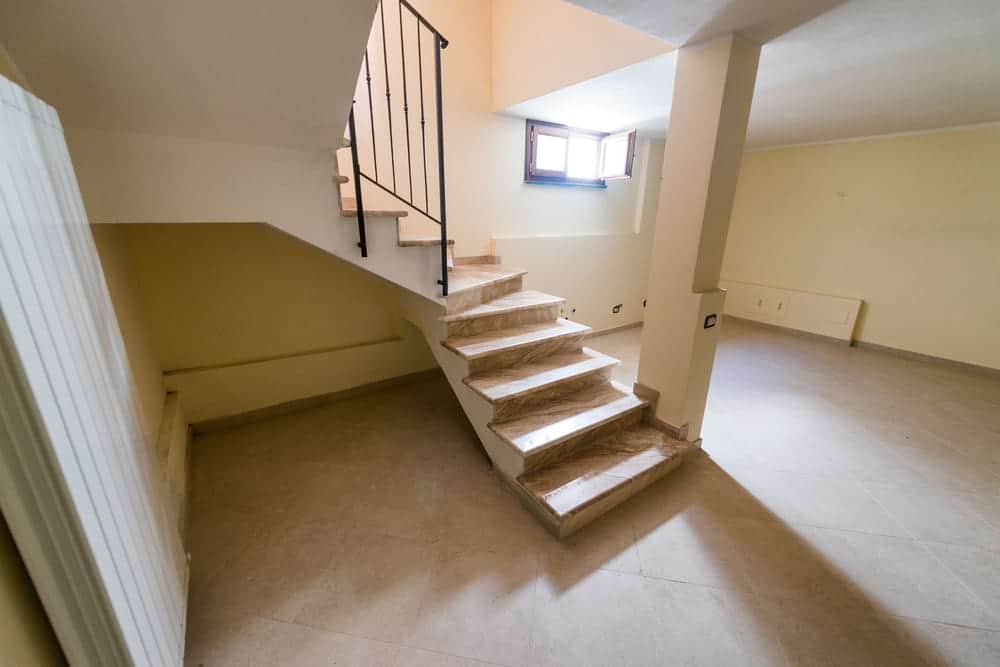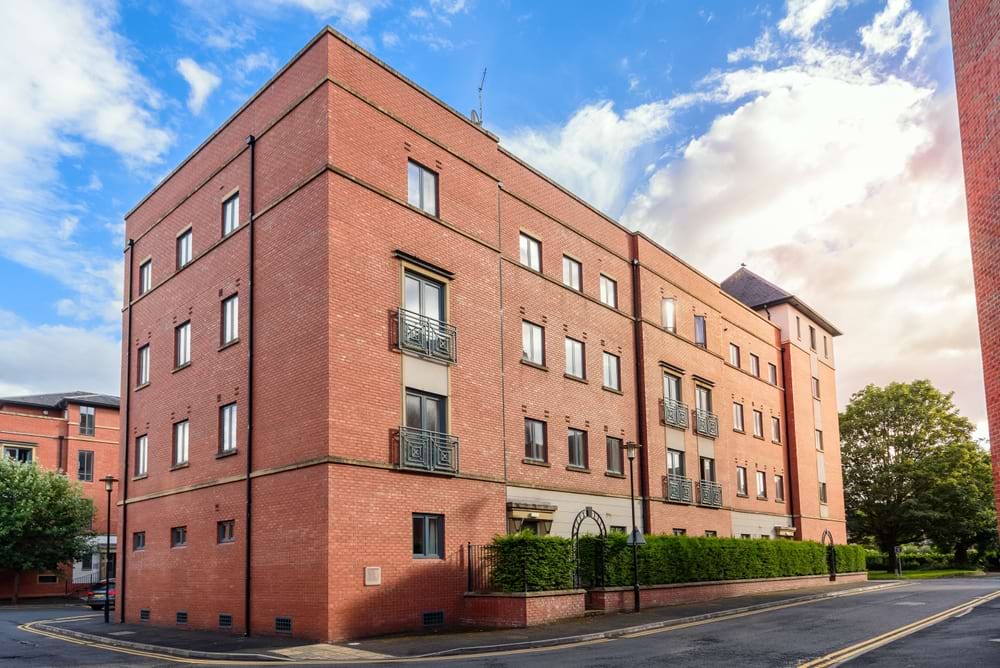Quite a few different things determine your flat’s value.
Which floor it’s on is one of these.
So, which floor is the best?
The short answer is: It depends.
Read on to find out what it depends on…
Does the floor a flat is on impact the selling price?
Yes, it does.
The price difference is usually slight but can be large in some circumstances. So, in general:
- Top-floor flats tend to be the most expensive to buy
- Ground-floor flats tend to be the least expensive
- Middle-floor flats’ prices are between the above two
- Basement flats are the cheapest and least in demand.
However, there are several types of flat and types of buyer. So, these rules don’t always apply.
Types of flat
In blocks of flats, being on the top or ground floor can make a smaller difference to price than in flats in smaller structures.
This is largely down to demand. Blocks of flats are usually in densely populated areas with many potential buyers.
Perspective of relative difference also plays a role. When there are over 10 floors, the difference between each one seems less pronounced.
When it comes to larger, luxury flats (such as duplex flats), there might not be ground-floor flats. This is because the ground is often used as a reception area for residents.
But the top flat might be considerably more valuable, as it’s often made into a penthouse.
And for maisonettes, standalone ones and ones above other properties will often be more valuable than ones with properties above them.
Advantages and disadvantages of different floors
The price difference between different floors is largely due to their perceived advantages and disadvantages amongst most people.
Of course, everyone has different opinions. However, if you are selling a flat, for example, consensus on these opinions will become clearer the more you market it.
Top-floor flats
Top-floor flats are often seen as valuable because:
- Ceiling noise is not an issue
- There are better views of the surrounding area.
However, being in buildings without lifts can be marked against them. As too does being in buildings with sloped walls (also known as coombed walls) caused by the roof.
Middle-floor flats
Most flat owners live on middle floors. Their advantages and disadvantages are less pronounced than ground and top-floor flats.
However, some people feel there’s an increased chance of noise from neighbours in middle-floor flats.
This could be a structural issue or simply the increased likelihood of having a noisy neighbour above or below.
Ground-floor flats
Some people look at ground-floor flats negatively because there is a higher chance of:
- Noise coming through the ceiling
- Noise from outside being heard inside the flat
- Less privacy
- Less security.
However, these are at least partially counterbalanced by accessibility. You’ll be closer to any building amenities on the ground floor, often where they are.
Flats on the ground floor are more likely to have direct access to outdoor areas such as communal garden.
